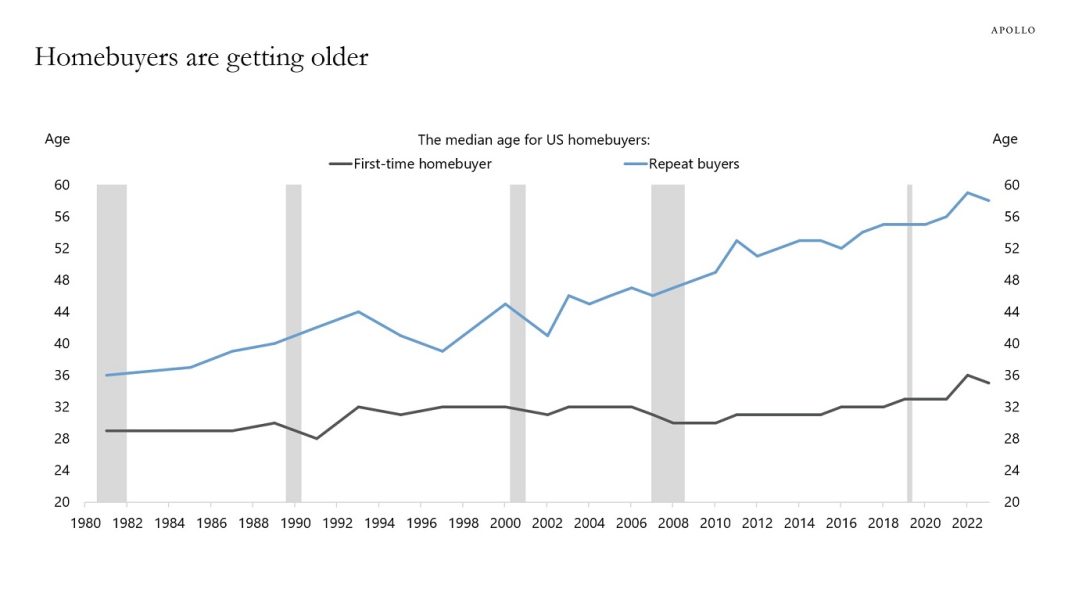 The COVID-19 pandemic and the subsequent government response to it drastically transformed many aspects of everyday life. One significant change was the widespread adoption of remote work, which has continued even as the pandemic recedes. A survey by Morning Consult found that 52 percent of U.S. workers prefer working remotely at least some of the time. This shift in sentiment indicates that the future of the workforce may lie somewhere in between fully in-person and fully remote work.
The COVID-19 pandemic and the subsequent government response to it drastically transformed many aspects of everyday life. One significant change was the widespread adoption of remote work, which has continued even as the pandemic recedes. A survey by Morning Consult found that 52 percent of U.S. workers prefer working remotely at least some of the time. This shift in sentiment indicates that the future of the workforce may lie somewhere in between fully in-person and fully remote work.
For individuals like Allie Clough of Columbus, Ohio, remote work offers invaluable flexibility. Clough, a freelance writer, has worked remotely for most of her career. She believes that remote work will be particularly beneficial when she starts a family. The ability to work from home provides a friendlier environment for family life and allows couples like Clough and her partner, who works a hybrid schedule, to spend more time together. Clough is optimistic about the possibility of juggling motherhood and a career, as remote work offers more flexibility for women to return to the workplace and even take on leadership roles.
Katie Bridge of College Station, Texas, also experienced the positive impact of remote work. As a stay-at-home mother of two, she put her career on hold before the pandemic. However, the shift to remote work during and after the pandemic allowed her to reenter the workforce. Bridge now works from home four days a week, 10 hours a day, as a communications strategist at Lockheed Martin. She appreciates the flexibility that remote work provides, especially on Fridays, when she can spend quality time with her children.
The appeal of remote work for women is backed by data. A survey by Indeed Job Search found that women are nearly 25 percent more likely than men to seek remote work opportunities. A LinkedIn study also revealed that women are 26 percent more likely than men to actively search for remote jobs. Ryan Niddel, CEO of wellness company MIT45, believes that remote work aligns with women’s desires to create a family and nurture their loved ones.
However, remote work is not a one-size-fits-all solution. Niddel personally found that he is more productive in an office setting. He quantified his productivity using time management platforms and found that he was 20 percent more focused in an office environment. Niddel emphasizes the importance of fully committing to the task at hand, whether it’s work or personal life, rather than striving for a balance between the two.
Different companies have taken varying approaches to remote work. While companies like Amazon, Apple, and Google have implemented policies requiring employees to return to the office at least three days a week, others, like Niddel’s company, prioritize flexibility and allow employees to work wherever they feel most efficient. Jeff Herzog, president of recruiting firm FPC National, acknowledges the tension between job seekers who have grown accustomed to remote work and employers who want their employees back in the office. This disconnect has created friction in the workforce, with some employers frustrated by the perceived lack of productivity.
Herzog believes that a company’s decision on remote work depends on the nature of the job and the level of trust the employer has in their employees. Trust is crucial in a hybrid work environment, where employees have the freedom to work from home without constant supervision. Building a culture of success, work ethic, and accountability is essential for remote work to thrive.
Looking ahead, Herzog anticipates a shift back toward largely in-person work, provided that the economy remains stable. However, he also acknowledges that the hybrid work environment has worked well for many companies. Niddel agrees that the hybrid model is the way to go in the post-COVID era, emphasizing the brilliance that can exist in the middle ground rather than adhering to extreme positions. Ultimately, the future of work will likely involve a blend of in-person and remote work, striking a balance that meets the needs of both employers and employees.


